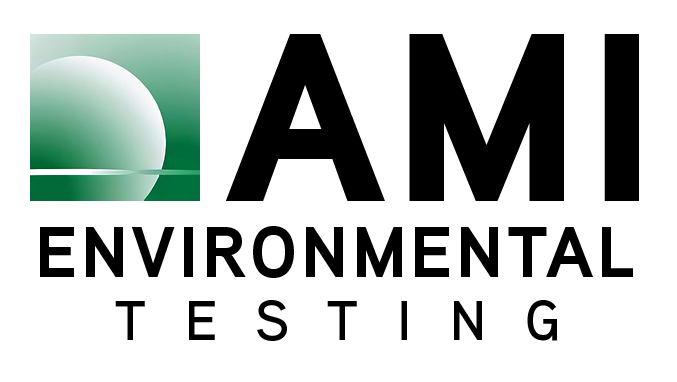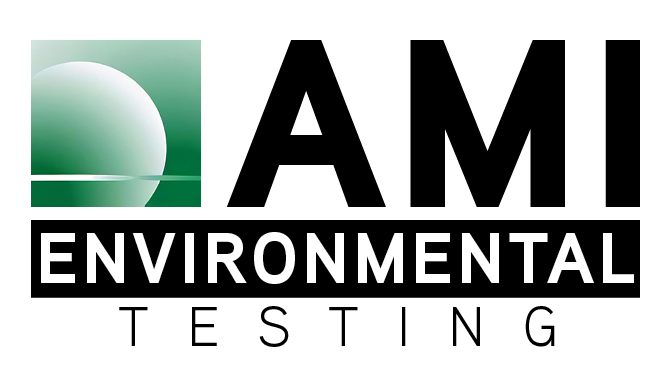Noise is more than just a nuisance—it can be a regulatory concern, especially in construction, industrial, or infrastructure projects that operate near residential areas, schools, or natural habitats. Prolonged exposure to elevated noise levels can lead to hearing loss, stress, sleep disturbances, and reduced concentration, particularly in vulnerable populations. Local, state, and federal guidelines often require specific noise thresholds to be met at various distances from a project site. This is where noise monitoring becomes essential.
Environmental consultants help companies measure and manage noise levels through services like Compliance Threshold Distance Measurements and Preliminary Audible Standard Distance Assessments. These assessments are designed to evaluate how far sound from a site travels and whether it exceeds regulatory or community noise limits at specified distances. For example, a construction site may be compliant at 100 feet, but exceed acceptable limits at 300 feet—posing a potential violation.
Using calibrated sound level meters and industry-standard protocols, environmental consultants collect real-time data on decibel levels under various conditions, including wind, time of day, and equipment operation. The data gathered during preliminary assessments helps project teams predict noise impacts early in the planning stages, while compliance measurements confirm whether ongoing activities are staying within acceptable ranges.
Consultants also offer recommendations for noise mitigation, such as sound barriers, equipment modifications, or changes to work hours. In some cases, they’ll provide documentation for permit applications or regulatory reporting.
By providing these services, environmental consultants support both regulatory compliance and community relations, helping projects move forward with minimal disruption and reduced risk of costly delays.
Contact AMI Environmental Testing for more information.



